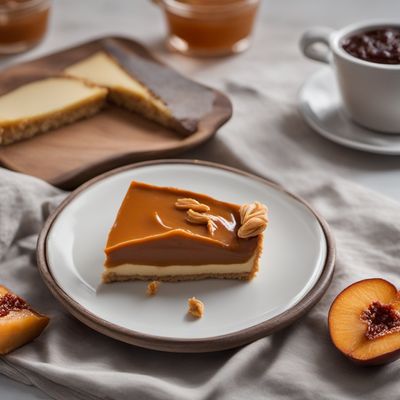
Ingredient
Quince cheese
The Golden Jewel of Preserves
Quince cheese is a dense fruit preserve with a jelly-like texture and a vibrant golden color. It has a sweet and tangy flavor, with hints of floral and citrus notes. The texture is smooth and firm, allowing it to be sliced or spread easily. Quince cheese is commonly enjoyed with cheese, crackers, or bread, and is also used as a filling in pastries and desserts.
Origins and history
Quince fruit has a long history dating back to ancient times. It is believed to have originated in the Middle East and has been cultivated for thousands of years. Quince cheese has been a traditional delicacy in Mediterranean and Middle Eastern cuisines, where it is often made during the quince harvest season. It is highly regarded for its unique flavor and versatility in both sweet and savory dishes.
Nutritional information
Quince cheese is a good source of dietary fiber and contains essential vitamins and minerals such as vitamin C and potassium. It is also low in fat and calories, making it a healthier alternative to other sweet spreads or preserves.
Allergens
Quince cheese does not contain any known allergens.
How to select
When selecting quince cheese, look for a product that has a vibrant golden color and a firm, jelly-like texture. Avoid products that appear discolored, moldy, or have an off-putting smell. Opt for reputable brands or homemade versions to ensure the highest quality.
Storage recommendations
To maintain the freshness and quality of quince cheese, store it in an airtight container in a cool, dry place. It can also be refrigerated to extend its shelf life. Once opened, consume it within a few weeks to enjoy its optimal flavor and texture.
How to produce
Quince trees can be grown in suitable climates, such as Mediterranean or temperate regions. They require well-drained soil and full sun exposure. Quince fruit is typically harvested in the late summer or early fall when fully ripe.
Preparation tips
Quince cheese can be enjoyed on its own as a sweet treat or paired with cheese, crackers, or bread for a delightful combination of flavors and textures. It is also commonly used as a filling in pastries such as tarts, turnovers, and cakes. Additionally, quince cheese can be incorporated into sauces, glazes, or marinades to add a touch of sweetness and complexity to savory dishes.
Substitutions
Apple butter or pear butter can be used as substitutes for quince cheese, offering a similar texture and flavor profile. However, the taste may vary slightly.
Culinary uses
Quince cheese is commonly used in Mediterranean and Middle Eastern cuisines. It is often enjoyed with cheese, such as manchego or goat cheese, as part of a cheese platter or a dessert course. Quince cheese is also used as a filling in traditional pastries like empanadas, turnovers, and strudels. In addition, it can be used as a glaze for roasted meats or as a topping for yogurt or ice cream.
Availability
Quince fruit is commonly cultivated in Mediterranean countries such as Spain, Portugal, and Greece. It is also grown in other regions with suitable climates, including parts of the Middle East, North Africa, and South America.
More ingredients from this category
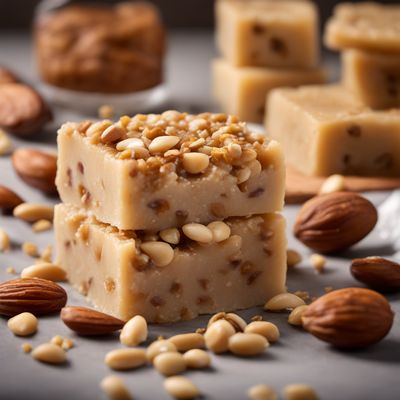
Nuts-seeds based halva
A Nutty Delight: Unveiling the Richness of Nuts and Seeds Halva
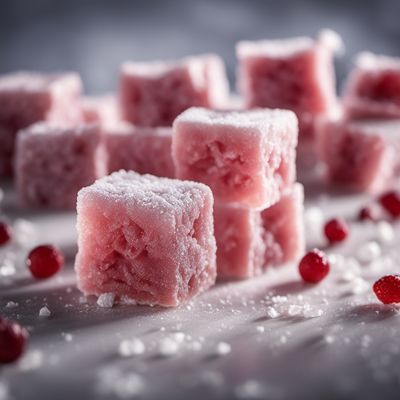
Loukoumi
"The Sweet Delight: Exploring the World of Loukoumi"
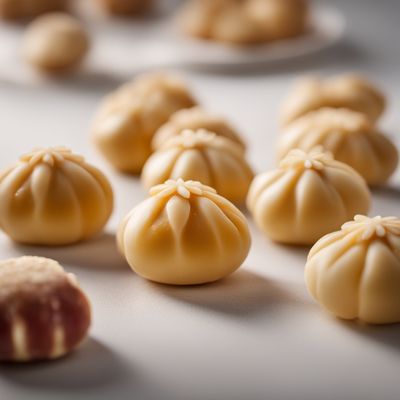
Marzipan
The Sweet Almond Confection

Sugar cotton
"The Sweet Delight: Exploring the World of Sugar Cotton"

Toffee
The Irresistible Sweetness of Toffee

Fudge
Decadent Delight: Unveiling the World of Fudge

Nougat
The Sweet Delight of Nougat
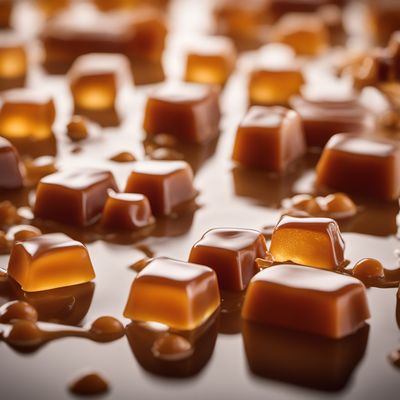
Caramel, hard
"The Sweet Delight: Exploring the World of Hard Caramel"
